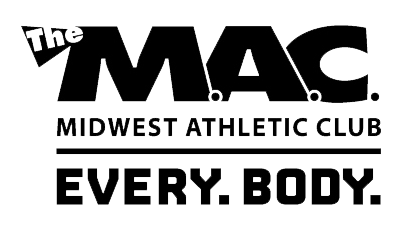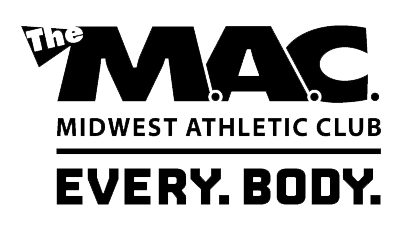With Summer rapidly coming to a close, and vacations gradually coming to an end, people everywhere are gearing up to get back to the grind. School schedules, work schedules and (soon enough) holiday schedules will all be vying for a bit our our precious time. But where does that leave our fitness and self-care schedules? Efficient and effective workouts are exactly what many of us, myself included, are beginning to look for; something we can sneak in between dropping the kids off at dance and running to the grocery store for yet another gallon of milk. Kettlebells are exactly what the doctor ordered, serving up mobility, strength and cardio training in one (or two!) neat little packages. Much like yoga, the benefits of routine kettlebell practice begin the moment you start, making it a go-to for days when I’m feeling super crunched for time and may only have a few minutes for some self-improvement time. Many people associate kettlebell training with crossfit practices; and while they can be a crossfit tool, kettlebell training on it’s own can hold major benefits for everyone from a physical rehabilitation patient to an elite athlete in any sport. People who are just beginning their fitness journeys, or those rehabbing from an injury (always check with your doctor first!) can benefit from kettlebells in a number of ways. The handle of the kettlebell can make certain exercises such as deadlifts or farmer’s carries feel more accessible; and the slow, eccentric or isometric nature of kettlebell “Bottoms-up” work such as various presses or overhead carries can help to train or rehab shoulder stability and strength. Individuals who want to maintain mobility and strengthen sustainable, functional movement patterns can benefit from Hardstyle kettlebell mentality and practice of “safety first” and “always leave some gas in the tank”. Hardstyle kettlebell, such as what I am certified in through StrongFirst, focuses on strengthening the body in ways that involve compound movements that often mimic or slightly exaggerate movements we use each and every day. Exercises such as the Russian Swing strengthen the entire posterior chain, from lats to calves, when done properly. This exercise is an exaggerated, ballistic hip hinge motion, strengthening the muscles and movement patterns we use for activities such as climbing the stairs or picking an object up off of the ground. It’s easy to see why strengthening these movement patterns, and teaching the body how to do them correctly, can be an important part of prolonging our ability to move effectively and aide in injury prevention. Athletes and competitors can benefit through the addition of kettlebell training, through both the explosive nature of certain moves, but also through slower paced endurance training. In the kettlebell world, we call this the “What the Heck?!” Effect. This quirkily named “side-effect” of kettlebell training is best described as an overall, otherwise unexplained, notable improvement in one’s non-kettlebell related performance. A great first-hand experience with this effect can be found by clicking here and reading this StrongFirst post. Other kettlebell practitioners have noted WTH Effects to things such as their body composition, an increase in their verticals and the ability to lift more in other areas such as barbell practice. With all of these (and so many more) benefits, it’s easy to see why I am such a huge advocate for including kettlebell practice in your programming. For more information, questions or help starting your kettlebell practice email me at ecowden@the-mac.com Remember, strength is a journey not a destination, and we all have our own map.


